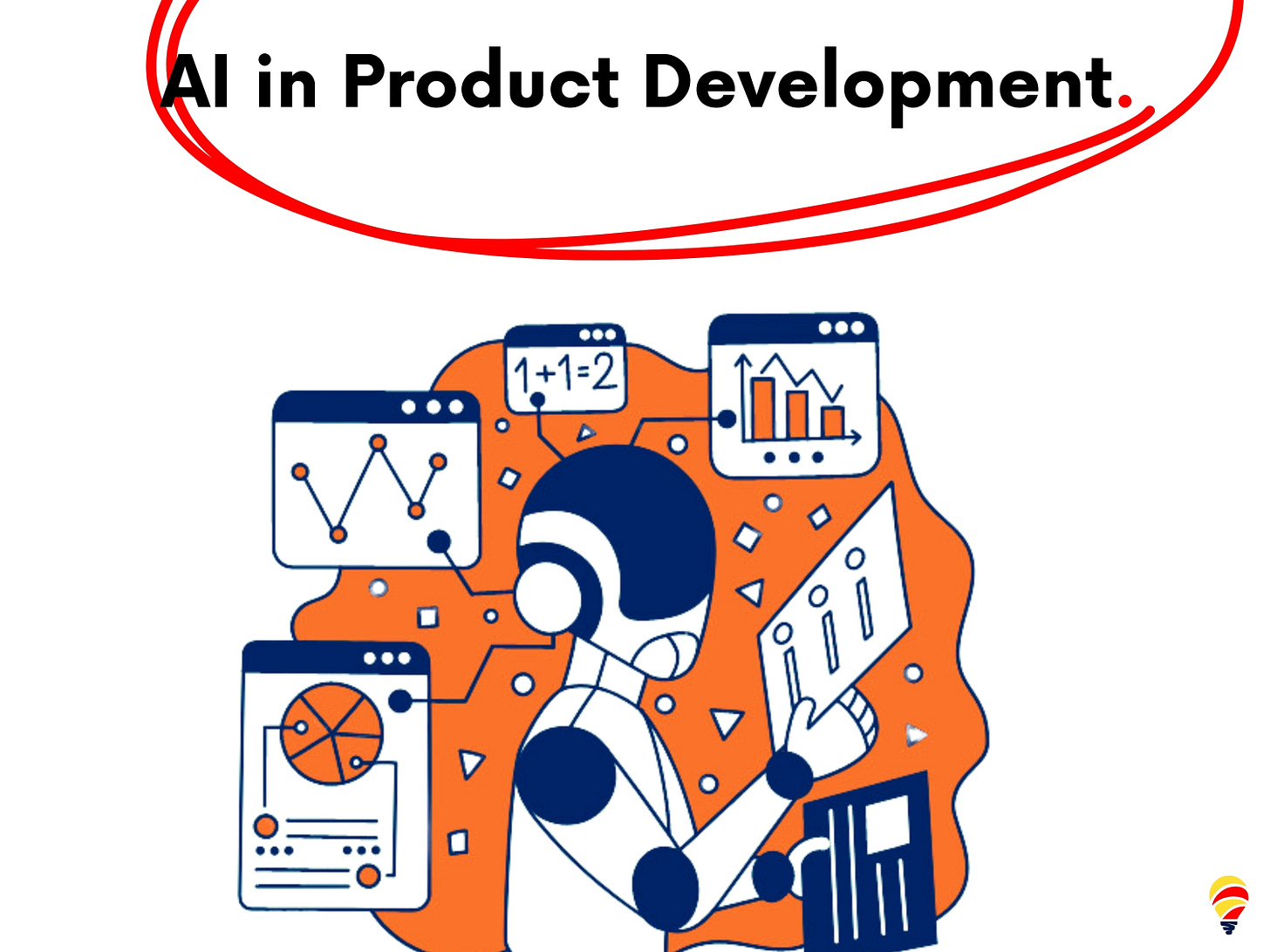Week 80 - E8 - 🤖 AI Integration for Faster, Better Product Development
🌟 Don't Miss the Opportunity to Elevate Your AI Knowledge!
I am absolutely thrilled to announce the upcoming 8th edition of our exclusive 10-part newsletter series, focused on the ever-evolving world of AI. This series is crafted with care for product managers like you, who are eager to harness the power of AI in shaping future products. Whether you're …



